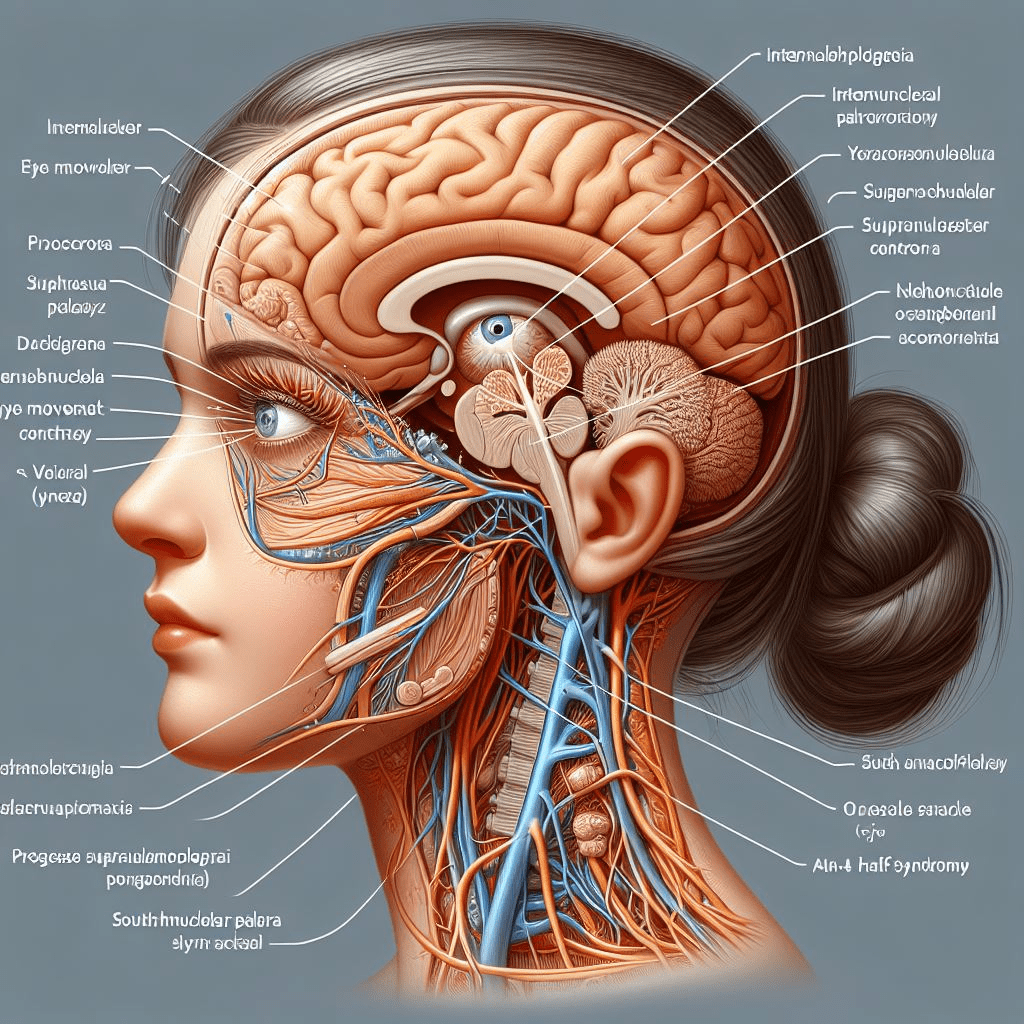
Unraveling Supranuclear Eye Movement Disorders: Insights, Innovations, and Management Strategies
Abstract: Supranuclear eye movement disorders encompass a spectrum of conditions characterized by dysfunction of the neural pathways governing eye movements above the level of the cranial nerve nuclei. This article provides a comprehensive review of supranuclear eye movement disorders, exploring their pathophysiology, clinical manifestations, diagnostic approaches, and therapeutic interventions. By elucidating the latest advancements in understanding and managing these disorders, ophthalmologists can optimize patient care and outcomes.
Introduction: Supranuclear eye movement disorders result from lesions affecting the cortical and subcortical structures involved in the generation and control of eye movements. Understanding the anatomical and physiological basis of supranuclear pathways is essential for recognizing and managing these disorders effectively.
Pathophysiology: Supranuclear eye movement disorders may arise from various etiologies, including vascular insults, neurodegenerative diseases, trauma, tumors, and metabolic abnormalities. Dysfunction of the frontal eye fields, parietal eye fields, basal ganglia, and brainstem structures disrupts the intricate coordination of eye movements, leading to characteristic clinical features.
Clinical Manifestations: Patients with supranuclear eye movement disorders may present with gaze palsies, saccadic abnormalities, pursuit deficits, and abnormalities of vertical gaze. These manifestations often manifest as impaired voluntary eye movements, abnormal reflexive responses, and difficulties in maintaining visual fixation.
Diagnostic Evaluation: Diagnosis of supranuclear eye movement disorders relies on meticulous clinical examination, including assessment of ocular motility, pursuit and saccadic eye movements, and evaluation of convergence and divergence. Neuroimaging studies, such as MRI or CT scans, may reveal structural lesions contributing to the disorder.
Management Strategies: Management of supranuclear eye movement disorders aims to alleviate symptoms, restore functional visual abilities, and address underlying etiologies where possible. Therapeutic interventions may include compensatory strategies, such as prisms and visual aids, botulinum toxin injections for symptomatic relief, and rehabilitation programs focusing on enhancing eye movement control and coordination.
Conclusion: Supranuclear eye movement disorders pose diagnostic and therapeutic challenges due to their diverse etiologies and complex pathophysiology. By integrating advances in neuroimaging, understanding the underlying neural circuitry, and employing multimodal treatment approaches, ophthalmologists can improve the quality of life for patients affected by these disorders.
For further reading and reference:
- American Academy of Ophthalmology – Supranuclear Gaze Palsies Overview: https://www.aao.org/bcscsnippetdetail.aspx?id=83d47c2b-3061-45d0-8ab5-23868a46b305
- National Institute of Neurological Disorders and Stroke – Supranuclear Palsy Information Page: https://www.ninds.nih.gov/Disorders/All-Disorders/Supranuclear-Palsy-Information-Page


